|
In the NBA Draft world, we are all looking for data points and ways to gain an advantage. Part of that is finding trends over time that bear out consistent results. For example, it's pretty well accepted at this point that teenagers who have success in the highest leagues of Europe will enjoy NBA success. The translatability of what they do is really high.
We're all constantly looking for more areas that can have a high correlation (or even a causation) for bountiful NBA careers. What statistical indicators are meaningful? What body types or physical attributes lend themselves to success? For a long while, I've been fixated on another concept: which college basketball programs are reliable in churning out NBA-caliber products? This can come in multiple forms: programs who usually hit on their star recruits, programs who excel at developing role players for the NBA that consistently outperform their draft position, and programs who teach the game in a way that easily translates to the style that'll suit a player in the NBA. As I've thought about this over the years, I've realized that a focus on coaches, not necessarily programs, is just as important. Look at the coaches who recruit and develop talent and have a consistent track record of success. After a quick dive into some of the negatives, we're going to fixate on those who consistently produce players that outperform draft perceptions and stick around in the league. Some are great with a specific position while others are fantastic at creating fantastic role players. Other guys, like John Calipari, Mike Krzyzewski and Roy Williams, will be omitted from the list because they recruit such a high level of talent on an annual basis that it's likely less about the coach and more about the player in terms of trends for success. Who does Coach Spins trust and want to emulate most? We've got a few names here...
0 Comments
In the NBA Draft world, we are all looking for data points and ways to gain an advantage. Part of that is finding trends over time that bear out consistent results. For example, it's pretty well accepted at this point that teenagers who have success in the highest leagues of Europe will enjoy NBA success. The translatability of what they do is really high.
We're all constantly looking for more areas that can have a high correlation (or even a causation) for bountiful NBA careers. What statistical indicators are meaningful? What body types or physical attributes lend themselves to success? For a long while, I've been fixated on another concept: which college basketball programs are reliable in churning out NBA-caliber products? This can come in multiple forms: programs who usually hit on their star recruits, programs who excel at developing role players for the NBA that consistently outperform their draft position, and programs who teach the game in a way that easily translates to the style that'll suit a player in the NBA. As I've thought about this over the years, I've realized that a focus on coaches, not necessarily programs, is just as important. Look at the coaches who recruit and develop talent and have a consistent track record of success. The inverse of that might be just as important: which programs are ones to avoid? If I were an AAU coach or a handler trying to help steer D1 kids to the right program to prepare them for the NBA, these would be the coaches and programs I'd want to avoid. What they do is either too geared to the college game, their skill development system hasn't tended to churn out pro-ready guys or there are simply too many misses on their track record to trust. From an NBA or pro scouting standpoint, these are general trends that we've noticed, not necessarily indictments that say every player who comes out of said program is starting from a disadvantage. It's worth watching and evaluating every player individually -- that's always a fundamental tenet of hoops. Instead, we're using this to try and articulate reasons we've seen why other guys have failed, what they all have in common (time spent under the same coach) and how if we see those same flaws again from a prospect, it might be worth considering the prior results from players in their same shoes. It's hard to know if what I'm doing here is developing bias (which is harmful) or using historical data and outcomes to wisely predict which situations to avoid in the future. There's a follow-up conversation to be had about how to responsibly use this information, but I do believe it is informative and worth noting nonetheless.
I've spent a lot of time thinking about optimal strategies for putting together the most balanced team that exists in harmony. The inspiration: these 2021 Phoenix Suns. Sculpted through the draft, free agency/ trade and patience, this piece isn't meant to go over the acquisition methods and salary cap balances necessary to make a roster hit its stride at the right time.
Instead, we'll discuss the actual mesh on-court and how different positions, skill sets and organizational culture come together to formulate the optimal on-court product. Let's start with the most simplistic, obvious statement to make, but one that is necessary to state: the optimal on-court product is a championship-caliber team. The second obvious statement that also needs to be said: star players win championships. There's an oversimplification that centers on players either being stars or supporting cast, meaning that only two types of players exist. While it's true that stars anchor these runs, there are ways to win without having a collection of star power. Furthermore, a group of excellent role players, cohesion and identity helps make up for the lack of a star. In trying to encapsulate this entire concept, I've come up with a model that I believe illustrates how to best build a roster and is flexible enough to bend to the differences in constructing a successful team: the 3 Pillars Approach. We're all about trying something new here at the Box and One!
So let's dive into the scouting process and understand what we look for to evaluate prospects. It's not as simple as "good" or "bad" in certain areas, it's about the carryover of traits from college that will lead to success in frequently-used NBA situations. I'm a big believer that pro scouts are effective not just if they can identify talent, but if they understand what impacts winning in the NBA and how the game is currently played. That's what we dive into during this inaugural Eye of the Scout breakdown. Pick-and-roll offense in the NBA is dictated by two things: ability to shoot (which negates certain defensive coverages) and quickness of decision-making. The league is trending towards more Drop coverage to protect the rim and force mid-ranges. The best PNR prospects have skills that punish drop coverage; ability to play 2v2 in the middle, scoring on all three levels, athleticism or craftiness that makes them to dictate the possession and a willingness to involve the roller in the split-second he's open. How does this impact the class of 2021? We look at two prospects from the draft class (Jalen Suggs and Tre Mann) as well as two from last year's draft (Malachi Flynn and Cole Anthony) to really understand what evaluation characteristics will carry over.
The work never ends on draft night. For scouts, following these guys into their NBA careers is the validation or invalidation of the entire process. An unbiased eye and examination of their performances when they get to the NBA not only shows which players we got right or wrong, but informs what traits or characteristics we perhaps have overlooked.
It's early. Most of these guys have played ten games or less. These are snap judgments that likely won't mirror how this class always turns out. There are guys who come out of the woodwork late, who need time to develop, and an instant-reaction analysis like this doesn't take them into consideration. Regardless, we can glean a few areas where we're clearly wrong or clearly right already. I'll attempt to balance all those factors in a quick analysis below:
This past year, ESPN analyst Mike Schmitz put forth a series of film sessions with draft prospects. The series was designed to mimic the basketball version of Jon Gruden's Quarterback Camp, an ESPN segment that was wildly popular among football fans. Schmitz doesn't bring the heat or turn out the humor in the way Gruden does, instead opting for conversation, analysis driven by fixing mistakes and highlighting positives and giving the prospects an opportunity to let their IQ and personality shine.
The final point is a big one. In QB Camps with Gruden, he was the dominant voice in the room. Schmitz does a great job laying out and letting these hoopers be the focal point. It makes for much better conversation and, to be honest, makes them more comfortable. While this was likely a series done during the pandemic as a means of creating content, I hope ESPN continues with it. Mike is great in this role and these are genuinely useful videos. The question is: how? When watching these interviews, what are teams/ scouts trying to get from it? After seeing a great deal of them this past summer, I'll attempt to frame the conversation around what key takeaways should be focused on when viewing.
"Those who do not learn the lessons of history are doomed to repeat them."
For scouts, looking at their pas evaluations is essential practice. Prospect grading is some combination of art, science, research and luck. The luck aspect can always factor in, where externalities or unforeseen developments derail or stymie a player's growth. Still, relying on luck is bad practice, especially when trying to come up with guidelines for how to engage on the science and research aspect. You either win or you learn, so let's look back and learn. I once foolishly put Malik Monk as the number 3 on my board in 2017's draft class. Ahead of him were Markelle Fultz (a mistake nobody can be blamed for with his unforeseen circumstances) and Lonzo Ball, whose size and playmaking IQ were fully displayed at UCLA. Monk sat just behind those, ahead of a Jayson Tatum (4th) whom I worried about torpedoing possessions with inefficient shots and a De'Aaron Fox (6th) who couldn't shoot in half-court settings. Monk was nine spots higher than Donovan Mitchell (12th). Investing in human beings means human error is prone to occur. Just as an NBA lottery pick needs the right situation to succeed, the person needs to be right in order to realize their potential. While an outside observer who isn't privy to personal connections with these players, interviews or character witnesses, my evaluations have always gone on feel for skill and what the tape says. It's hard to know whether talent, personality or both have derailed the first three years of Monk's career. He's started only one game, performed really poorly when given opportunities and was suspended this March for violating the league's anti-drug policy. The suspension was open-ended and for "more than just marijuana", which makes the 'what if's' around Monk's on-court production secondary to his health and well-being. If he has bigger issues going on in his life, let's all hope he addresses them in a meaningful way. Nevertheless, I'll press on from a film and skill standpoint. How can we be sure Monk's play is due to poor mental health and other factors, not just the fact he didn't perform well as a pro? As such, this piece will serve as equal parts reflective about his Kentucky experience and optimistic that he's ready for a leap forward this year and could be a trendy candidate to see an uptick in production. The latter coming to fruition could serve as some vindication for the type of pro I believed Monk could always become. "Those who do not learn the lessons of history are doomed to repeat them."
For scouts, looking at their pas evaluations is essential practice. Prospect grading is some combination of art, science, research and luck. The luck aspect can always factor in, where externalities or unforeseen developments derail or stymie a player's growth. Still, relying on luck is bad practice, especially when trying to come up with guidelines for how to engage on the science and research aspect. You either win or you learn, so let's look back and learn. Just as the political winds shift every four-to-eight years, the basketball landscape does as well. Innovations, new stylistic trends and dynastic teams merit a change to team-building so that franchises stay ahead of the curve. Sometimes that means evaluating a prospect just as the curve is changing, anticipating what the next paradigm-altering techniques are so that no you can be the first team to fully embrace it. Other times, the opposite occurs. A great player gets left behind on the trend, drafted for the skills they possess while quickly falling back from the pack as those traits become outdated. Mo Bamba is my biggest scouting failure of the seven years I have been scouting NBA prospects. The strikeout on my end is due, largely, to the changing trends of the league. In 2018, when Bamba was due to be drafted, he stood atop my draft boards, one spot ahead of Luke Doncic and two of Trae Young. The evaluations of the others were consistent: both would be multi-time All-Stars and foundational pieces for their franchise. Bamba, my argument went, would be just as foundational and impactful. He was a 7'1" shot blocker with a nearly 7'10" wingspan. He swatted 3.7 shots a game, made 14 treys, shot over 60% inside the line and a double-double in half his outings. He looked dominant defensively while possessing a tantalizing trait on offense with his shooting. He would be Rudy Gobert, 2018 NBA Defensive Player of the Year, with a jump shot. For the next few weeks, I plan on putting out a few shorter-burst philosophy pieces to talk about predicting what teams do as a means of informing how each should act. This piece, particular to 2020's draft and not a longstanding belief that is transferrable to multiple years. It surveys the current climate we're in and makes predictions as such.
The global COVID pandemic has challenged and changed the way this draft takes place. From delaying nearly five months to cancelling draft workouts, this has been anything but a typical cycle. To expect that, once draft night arrives, that cycle will cease to have an impact on who gets drafted where would be short-sighted. Next season, we may not have a G-League season, with travel being limited and budgets being slashed from the top of the league. As a result, I would expect a long run on international or draft-and-stash prospects in the second round of the draft. There are many ways this manifests itself, but let's break it down here. Don't let the minutia distract you from the big picture.
Data has never been more readily available than it is today for NBA fans, teams, decision-makers and analysts. There's no shortage of minutia to bury yourself in. An abundance of data can be dangerous, as we seek to make sense of every data point, spin it to validate beliefs and toy with the metrics to innovate and set ourselves apart. To some degree, basketball is unquantifiable and immeasurable. Players make impact in ways that aren't statistically relevant. The danger of our current analytics method is that, while we have data and measures for more facets of the game, we still don't have it for all facets. Those who find ways to impact the game in ways that can't be quantified, particularly on defense, are at more of a disadvantage than ever. This isn't some diatribe on anti-analytics. To the contrary, I'm a huge supporter and user of data to inform coaching and front office decisions. So long as it's the right data. We can't get farther away from remembering what the big picture is here: to win. Win games, but more importantly win postseason series and win championships. As draft season comes up, it's vital to look at some of the common threads of successful teams in the modern NBA and why that should always be the ultimate framing for discussing what functional skills a draft prospect brings to the table. |
AuthorAdam Spinella, Head Boys Basketball Coach, Boys' Latin School (MD) Archives
September 2021
Categories |
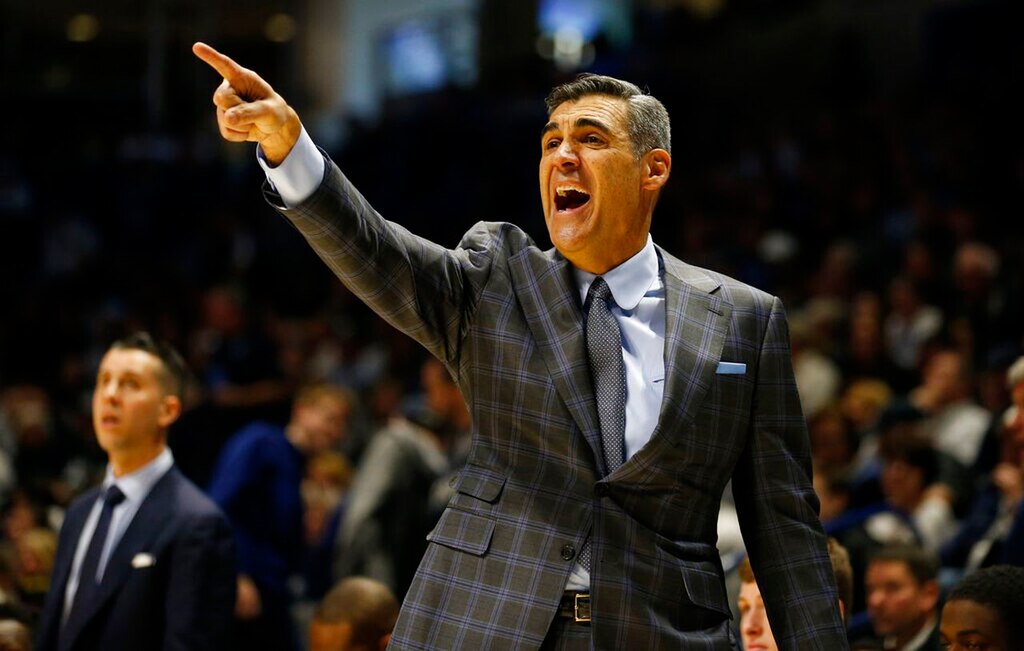
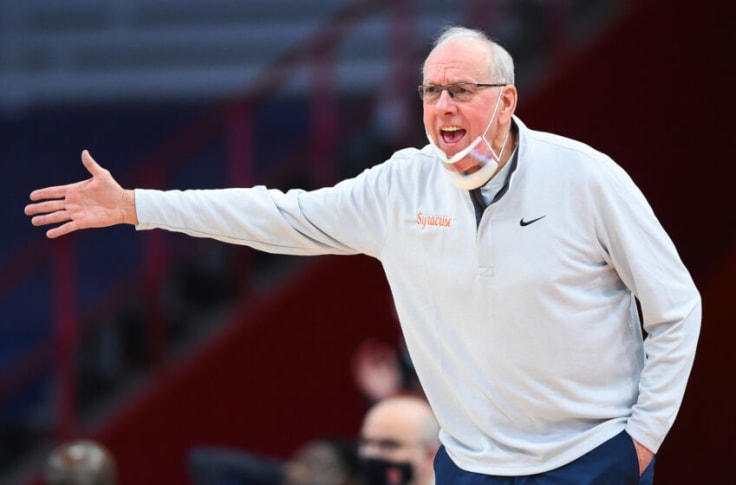
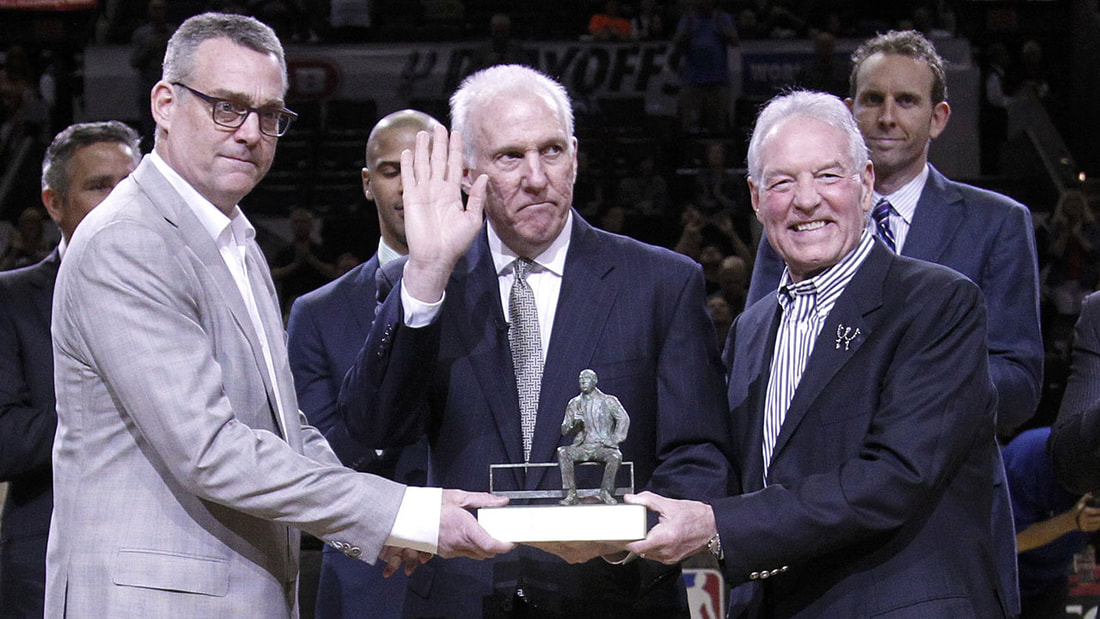
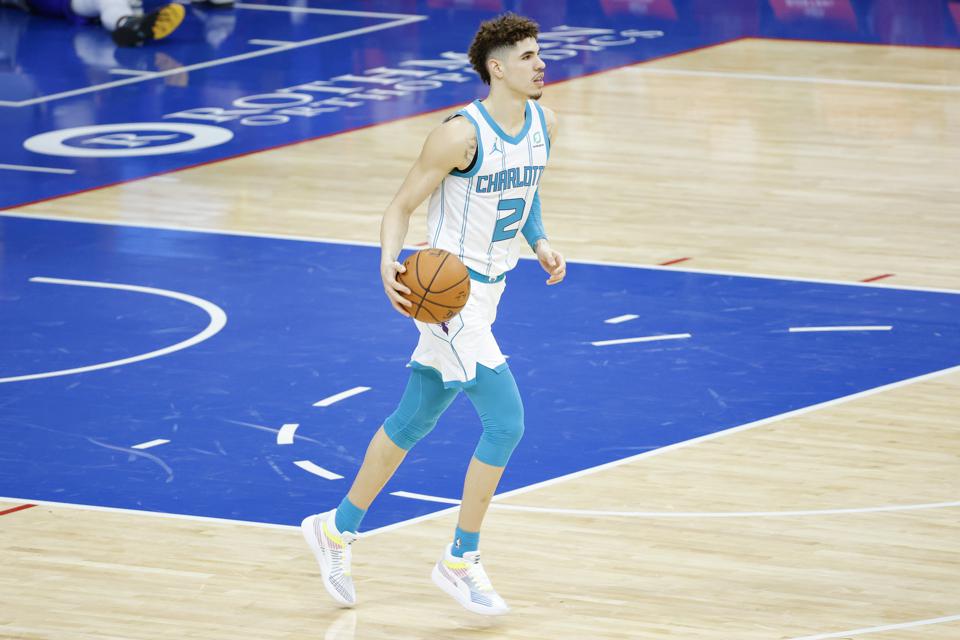
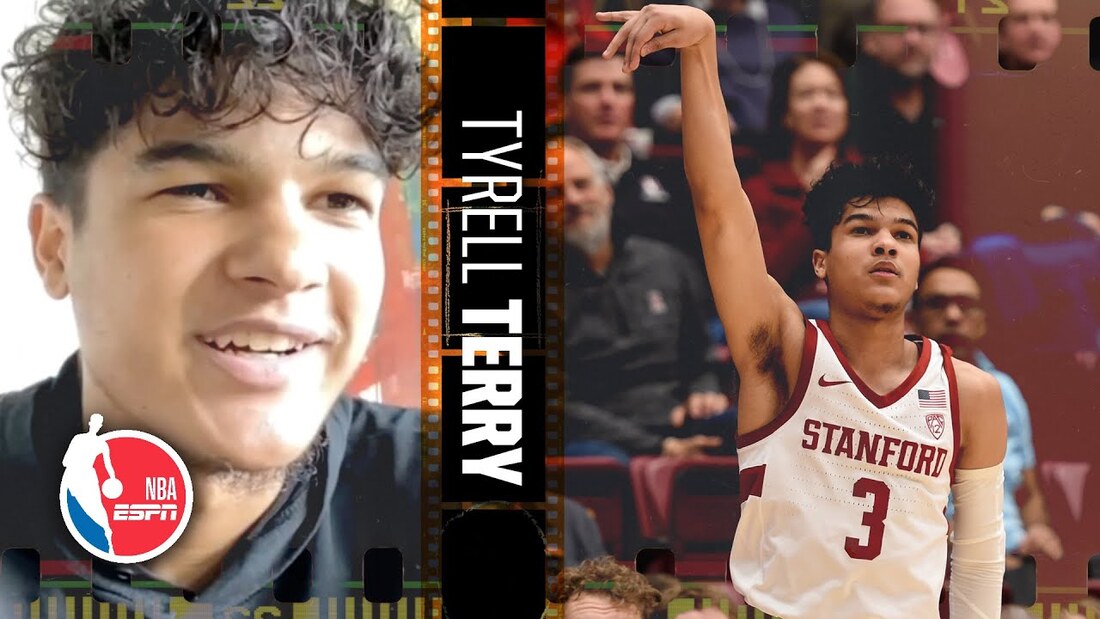
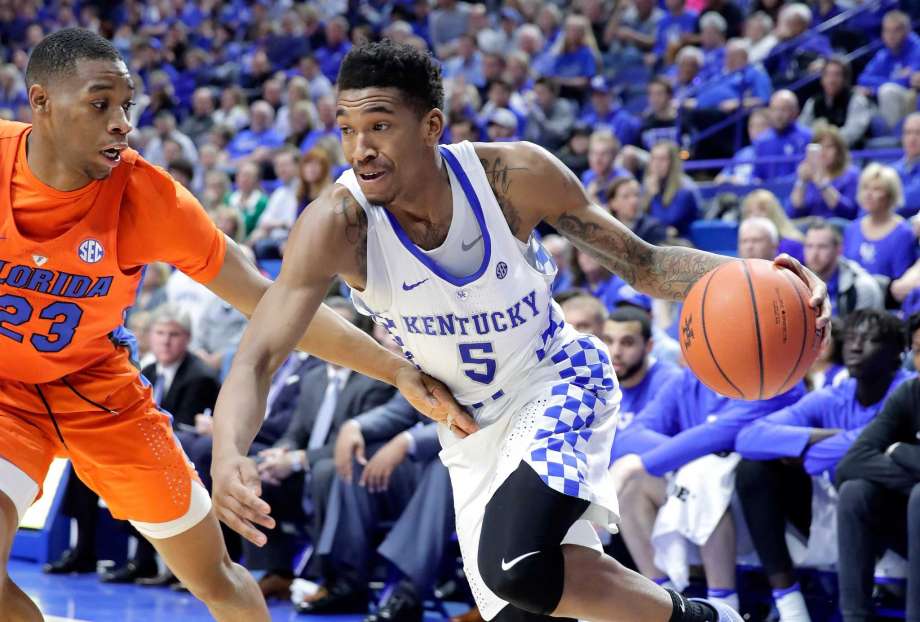
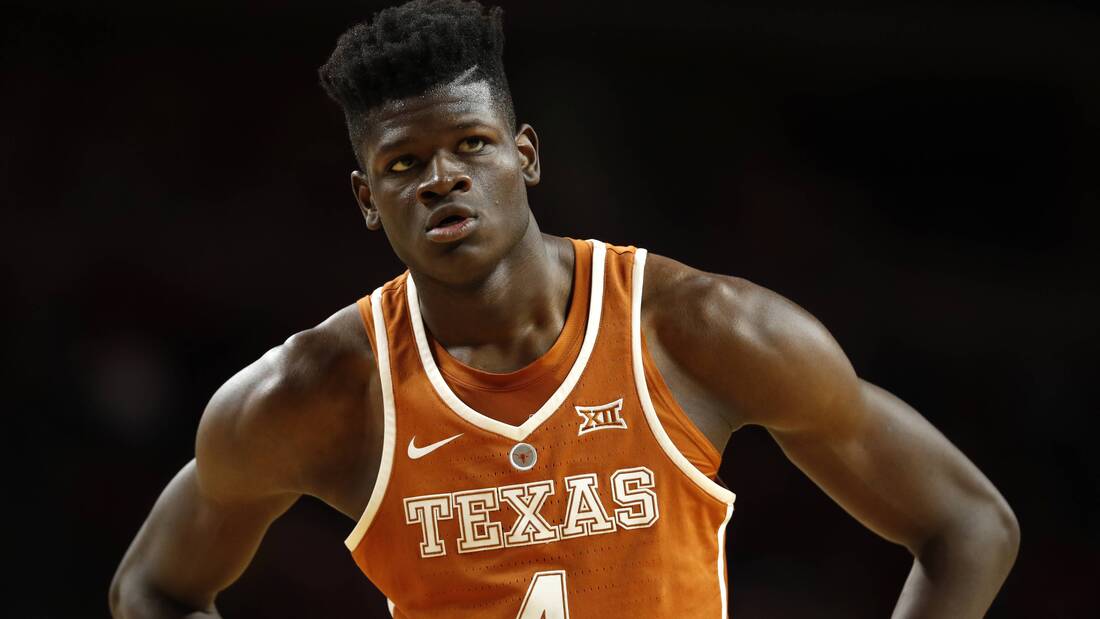
 RSS Feed
RSS Feed
